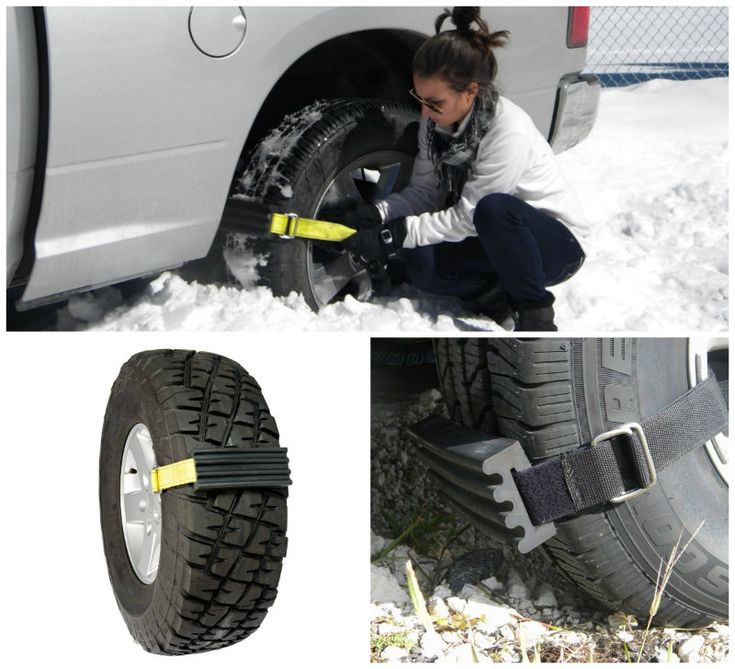Airing down your tires to off-road with your prized 2020 Ford Superduty Truck with its new Fab Fours bumpers on some surfaces can benefit you in a number of ways.
To gain those advantages, it’s important that you know how to air down tires and are equipped to air back up again when needed.
Follow these great tips on how to air down the right way and you’ll enjoy better traction when you need it without damaging your tires in the process!
If you’re planning on airing down and back up while on the trail with your off-road warrior, it’s essential to have the tools you need to accurately air down to hit the trail and air back up again before you head home:
Though there are a few cheater ways to air down your tires using a valve core tool, a Swiss Army knife, and other less traditional items to depress the valve core, this method isn’t very accurate and could leave you with under-inflated or unevenly inflated tires.
Rather than switching on and off with a pressure gauge until you’ve released the right amount of air or risking releasing too much air altogether, get yourself a tire deflator tool.
Designed with a built-in pressure gauge, a deflator tool screws onto the valve stem so you can control how much air you let out and measure to find the correct off-road tire pressure.
Best of all, there’s no air leakage when you apply or remove the deflator, keeping the tire pressure exactly where you want it.
What airs down must be aired back up or risk some serious damage to your tires if you drive on the road with under-inflated tires.
An air compressor is your best option to re-inflate before you even hit the pavement and head home.
Don’t waste your money on a cheap $30 auxiliary plug-in compressor though, as these often lack the power to inflate your tire back to the recommended PSI for street driving.
Get a powerful portable compressor that has a high CFM rate that runs on a high duty cycle.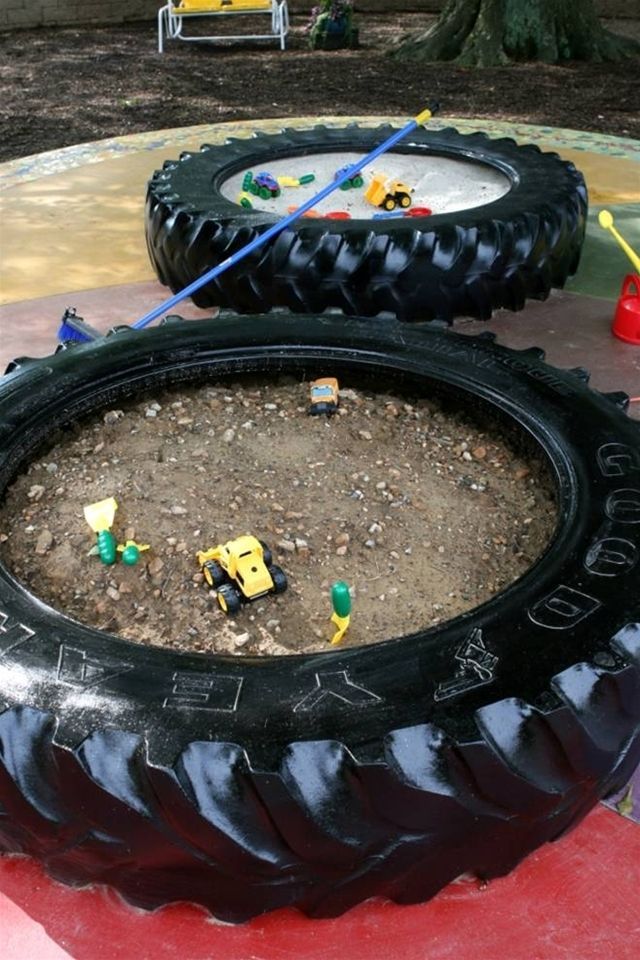
A hardwired compressor in your vehicle is another great option if you air down and up a lot.
How do you find the correct off-road tire pressure?
Here’s a quick guide on off-road tire pressure recommendations for different uses, although you’ll still have to find the right amount for your vehicle using trial and error:
Reduce PSI by 25% – This setting is great for increasing traction on uneven dirt roads, moderate level trails, as well as washboard and comparable obstacles. It yields a soft enough ride to keep traction on most uneven surfaces without being too soft and slowing you down.
Reduce PSI by 35% – A setting recommended for rock crawling, the softer tire will flex and mold itself around rocks as well as climb slick rocks, as that wider contact patch can better grip the surface.
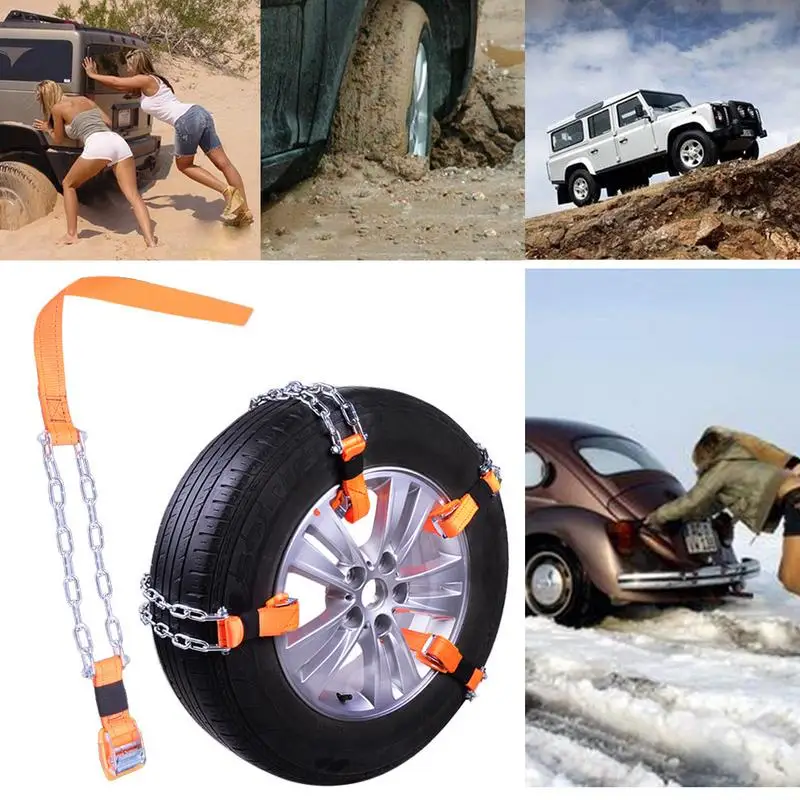 Some suggest airing down to as low as 12 to 15 PSI for sand and mud.
Some suggest airing down to as low as 12 to 15 PSI for sand and mud.No matter how much or little you’ve aired down the tires on your modded off-road truck, it’s critical that you air back up before you head home.
Riding with lower air pressure on the trail at slower speeds is great for traction; however, at higher road speeds such pressure could spell disaster for your tires as you’re essentially riding on the sidewalls.
This is the exact reason why it’s recommended that you bring with you a way to air back up.
If you don’t have access to a compressor, take the shortest route possible and drive slowly to a gas station or auto shop where you can re-inflate to the recommended PSI for your tires.
Bottom line – bring a means of inflation with you!
Ready to jump into your Ford Super Duty truck with its new winch bumpers, air down those tires, and head to the trails?
As long as you’re prepared with the right gear to monitor your PSI and re-inflate your tires after enjoying the trails, airing down can enhance your off-roading and help you push those limits just a little further.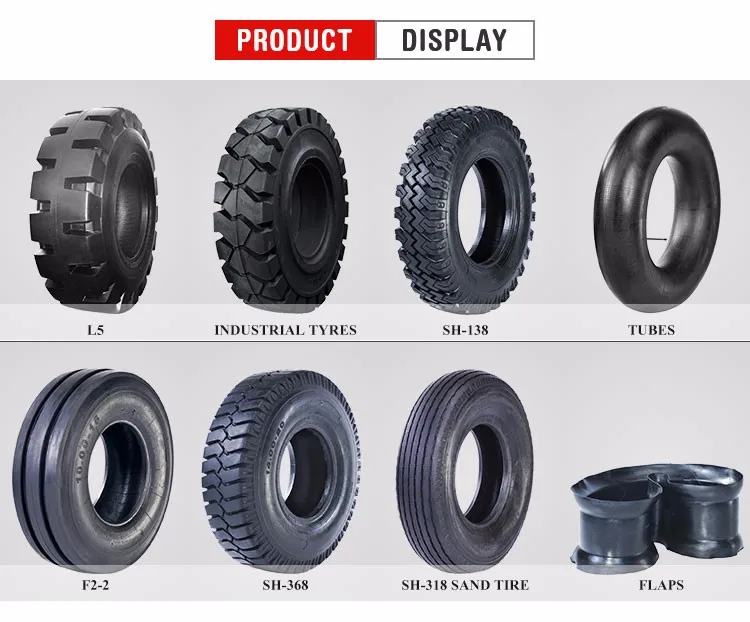
Safe, successful off-road driving starts with understanding what you’re doing and having the right equipment with you to do it right!
The air pressure used in tires has a dramatic impact on their performance. For most high-speed street applications high pressure is required. However, slow off-road use can greatly benefit from lower pressure. We air down tires a lot so in this article, we focus on when and why you might want to air down your tires and how to do it without causing damage. Keep reading if you’re new to off-roading as this information can improve your driving experience.
Any time we are off-road for any significant distance we lower the pressure of our tires.Airing down tires means you reduce the pressure in them. This creates a larger surface area for the tire, increasing the amount of traction between it and the terrain. Airing down also makes for a smoother driving experience and can prevent a vehicle from getting stuck due to a lack of traction.
This creates a larger surface area for the tire, increasing the amount of traction between it and the terrain. Airing down also makes for a smoother driving experience and can prevent a vehicle from getting stuck due to a lack of traction.
However, you should never air down tires when driving on pavement. This can create a tremendous amount of heat for the tires and potentially cause a blowout or even fire. Once you finish off-roading, you should air your tires back up to avoid any issues or damage.
➡ When it’s time to air up your tires, you’ll need a reliable air compressor. Check out our recommendations: 7 Best Off-Road Air Compressors for Overland, Trucks, and Jeeps
You can use a variety of tools to air down tires. All you need to do is press in on the valve stem on your tire, and you’ll feel it shoot out the air.
You can use a variety of objects to let the air out until it’s at the desired pressure. While using your fingernail or other sharp objects may be tempting, you can easily injure yourself or damage the stem or valve. It can work in a pinch, but we don’t recommend making a habit of it.
While using your fingernail or other sharp objects may be tempting, you can easily injure yourself or damage the stem or valve. It can work in a pinch, but we don’t recommend making a habit of it.
Alien Sunshade Tire Deflator (0-75psi) Air Down...
There are tire deflator kits specifically designed for deflating tires quickly. You can even purchase automatic tire deflators that will stop once they reach a pre-set pressure for your tires. These tools allow you to avoid letting too much air out and reduce the time it takes as you won’t be checking the pressure unnecessarily.
Staun Tire Deflators (Airdown to 6-30 PSI)...
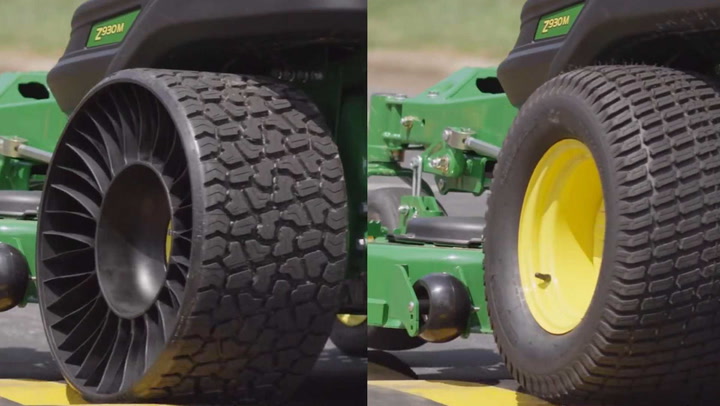 ..
..The fastest way to deflate a tire is to remove the valve stem core. This drastically increases the amount of air that can exit your tires. Instead of taking seven to ten minutes, you can achieve the intended results in much less time.
This will require you to have a specifically designed tool to remove the core, and you’ll need to be careful not to lose it during the process. Keep an eye on the pressure as you’re releasing it. If you lose too much air, you’ll need to add more to bring it up to the correct level.
Troubles With Mud On Our First Overland Adventure In Utah - Truck Camper Adventures Episode 2
Watch this video on YouTube
Anytime you plan to take your vehicle onto rough dirt roads, loose terrain, or soft conditions like mud or sand, you’ll likely want to air down your tires. You’ll get a smoother driving experience, reducing the chances of getting stuck. Keep in mind that you will need to drive slower with low air pressure.
You’ll get a smoother driving experience, reducing the chances of getting stuck. Keep in mind that you will need to drive slower with low air pressure.
If you want to avoid getting yourself into a situation, be proactive and air down your tires before you start noticing the conditions. While airing them down can help get you unstuck, it’s best to avoid the entire mess in the first place.
It takes time and effort, but it’s worth it. We personally air down anytime we are going to be on dirt for more than a few miles.
More Truck Articles You’ll Love:
If you’re planning to be on sand, you should air down your tires to 50% of the maximum PSI. Sand, mud, and other soft surfaces can cause your vehicle to sink. Reducing the tire pressure creates a broader base for your tires and spreads out the weight.
Airing down your tires can help you get traction if you’re stuck in the sand.If it’s too late and you’re stuck, letting air out of your tires can also help get you out of a muddy or sandy mess. Before spinning your tires, which won’t help, reduce the air. You may be able to get enough traction to get yourself out.
Before spinning your tires, which won’t help, reduce the air. You may be able to get enough traction to get yourself out.
➡ In addition to PSI, your tire type makes a huge difference in how well your vehicle handles off-road terrains like mud. Find out: Should I Put Mud Tires on My Truck?
While some drivers claim that airing down tires helps on ice, it can be very dangerous. Reducing the air pressure in your tires creates a wider footprint for your tires. However, driving your tires on the highway with low tire pressure can make steering difficult. The sidewalls will flex, and the increased friction between the tires and the road will quickly ruin the tires.
It’s best to ensure you have the correct tires for driving or off-roading in icy conditions or wait until conditions improve before driving.
While airing down tires can help when off-roading or overlanding, there’s no one-size-fits-all rule.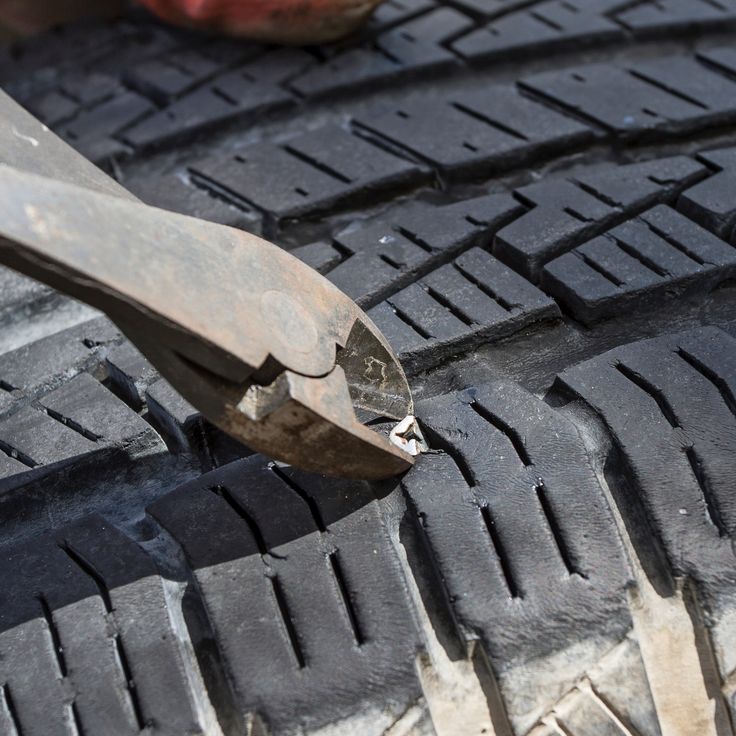 Unless you have beadlock wheels, you should never attempt to go below 10 psi. This can cause the tire to come off the wheel, damaging both.
Unless you have beadlock wheels, you should never attempt to go below 10 psi. This can cause the tire to come off the wheel, damaging both.
Most off-roading enthusiasts recommend airing down your tires to approximately 20 psi at first and working your way down if needed.
You’ll need to consider the weight of your vehicle, the size of your tires, the tire diameter, and the terrain where you’re driving. It can take some practice to adjust and learn what works for your specific setup and the terrain.
Many off-road tire manufacturers will even provide tire pressure charts that include weight, tire pressure, and max speed.
This is an example of an off-road tire pressure weight chart. It’s important to find your specific tire chart if you are going to be heavy. Our overland camper can run the full load down to 32 PSI but only at 12MPH max.Anytime you air down your tires, you want to avoid driving at excessive speeds, especially if you need to turn corners. The increased pressure in your tires will result in less steering. If you dip below 20 psi, you’ll likely want to keep your speeds under 20 mph. However, once you hit the pavement, you need to air your tires back up.
Driving on paved roads with lower tire pressure can quickly ruin your tires. If you’ve bought off-roading tires, you know they’re not cheap and not something you want to replace any sooner than necessary.
Make sure you air up your tires before driving on pavement.Where will your off-roading adventures take you? We’ve got the scoop on some of the best trails across the country. Take a look: What Is the Best State for Overlanding?
Join 10,000+ other adventurers to receive educating, entertaining, and inspiring articles about RV Travel Destinations, RV Gear, and Off-Grid Living to jump-start your adventures today!
Join Us Today!
Read More From The Mortons:
About Mortons on the Move
Tom & Caitlin Morton of Mortons on the Move gave up the stationary life for one where they are constantly on the move. They are full-time travelers, television hosts, and digital media producers.
They are full-time travelers, television hosts, and digital media producers.Sharing is caring!
In this lesson, we will meet with perhaps the most interesting substance to overcome - sand, which is not only the oldest building material, but also very common let. Both for rally marathon athletes and for ordinary citizens who went to the nearest beach on the weekend, sand is a frequent obstacle, which, as usual, Toyo Tires tires will help us overcome.
Rallymasters advise learning to read the sands, but this is important for desert racing. Our tasks are more modest, and for a start it would be good to understand what the nature of sand is. Wikipedia says it is a sedimentary rock composed of rock grains, mostly quartz. But at the same time, there are an incredible number of types of sand, which also change their properties depending on the state. For example, dense river sand is usually easily passable, but in a blurred form, the same material can suck in no worse than a swamp.
A very interesting property of sand is its extremely high rolling resistance, which is not found in any other type of soil. And, having moved out onto the loose sand of the beach (and by the beach we mean the sandy shore of any reservoir), the off-road driver may be faced with the inability to move even on the first low! His all-terrain vehicle will simply not be able to turn the wheels in the sand. At the same time, other cars can drive quite successfully nearby.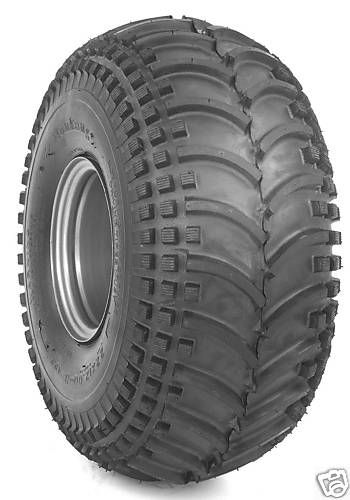
Is there a secret? Yes, and we have already talked about it more than once in previous lessons, for example, most recently, fighting with clay. So, the secret to easy movement on the sand is exclusively in ultra-low tire pressure. Moreover, sand should be treated even more strictly than clay. As soon as the wheels begin to stick, immediately reduce the pressure in them to 1 atm. After that, the car should go much more fun. However, if the sand turned out to be loose or you have to move uphill, this may not be enough. It is preferable to go through such places by picking up speed - in other words, on the move. It is important to remember that if the car starts to slip, you do not need to desperately put pressure on the gas, otherwise it will most likely just dig into the sand. In most cases, it is enough to backtrack a little, after which, if the sand is wet and a clear rolled track remains on it, try again along it, and if it is loose and the track has a triangular section, look for a new trajectory along the virgin soil. For example, the Toyo Open Country AT plus we use for lessons is great for sand and allows such maneuvers. In general, for sand, AT rubber is preferable to MT. Because it buries the car less and allows you to confidently move with slipping, if you can’t do without it.
For example, the Toyo Open Country AT plus we use for lessons is great for sand and allows such maneuvers. In general, for sand, AT rubber is preferable to MT. Because it buries the car less and allows you to confidently move with slipping, if you can’t do without it.
Having left on the asphalt, do not forget to return the standard pressure in tires
in loose Sand movement along the virgin lands is always preferable than in the footsteps. The rolling resistance is much less. And when driving, the track will immediately be felt by a drop in speed and a yaw of the car. If you get stuck in the sand, don't despair! And don't follow the tractor. You always have a great lifesaver - the tires of your car. Yes, let them not take you out, but do not forget the main rule: if you get stuck, reduce the pressure. Did not help? Reduce more! The pressure in tires of standard size and on standard wheels can be reduced to 0.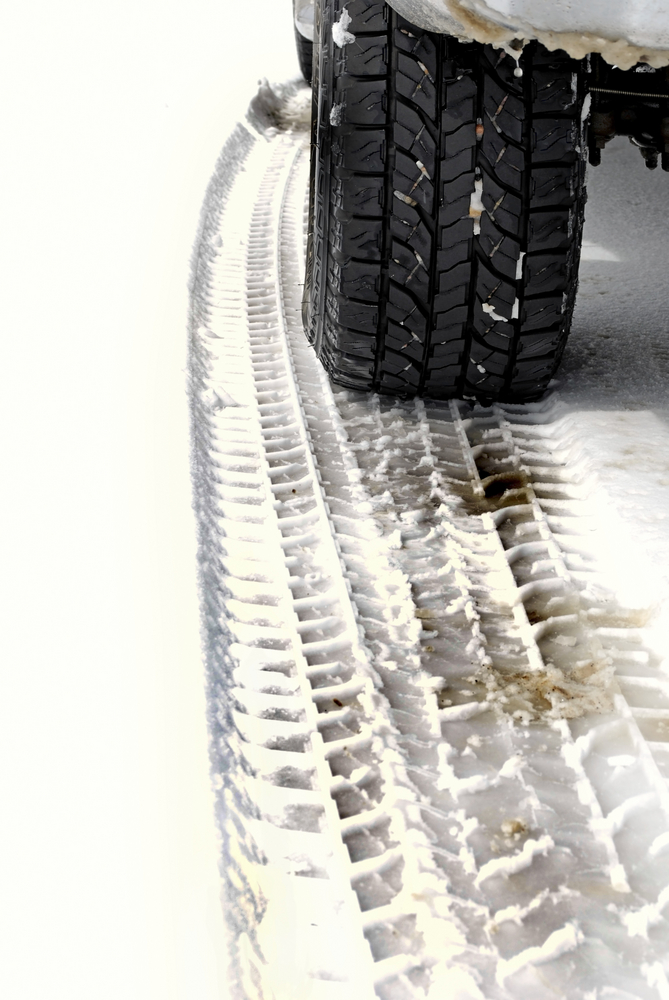 5 atm and even slightly lower. Just do not forget, before you start moving, dig out the car, freeing it from sandy captivity. Remove sand from under the bottom and suspension. The car with all its weight should not lie on the ground, but stand on wheels (by the way, you need to remove the sand in front of them as well). And feel free to get under way - the car will definitely go. And, of course, after leaving the trap, pump up the pressure to "one". Doesn't work again? Then slowly drive on ultra-low pressure, avoiding significant steering turns and sharp work of the gas. If you need to make a sharp turn, do it in several steps, sometimes even giving back. By turning the steering wheel hard, you can dismantle one of the flat front wheels. And, to reiterate, be sure to repressurize your tires as soon as you get out of the trap. There is a whole summer ahead, there is time to test the effectiveness of our advice in practice and become a real sandpit general.
5 atm and even slightly lower. Just do not forget, before you start moving, dig out the car, freeing it from sandy captivity. Remove sand from under the bottom and suspension. The car with all its weight should not lie on the ground, but stand on wheels (by the way, you need to remove the sand in front of them as well). And feel free to get under way - the car will definitely go. And, of course, after leaving the trap, pump up the pressure to "one". Doesn't work again? Then slowly drive on ultra-low pressure, avoiding significant steering turns and sharp work of the gas. If you need to make a sharp turn, do it in several steps, sometimes even giving back. By turning the steering wheel hard, you can dismantle one of the flat front wheels. And, to reiterate, be sure to repressurize your tires as soon as you get out of the trap. There is a whole summer ahead, there is time to test the effectiveness of our advice in practice and become a real sandpit general.
Remember that you should not twist the steering wheel to the stop, and also slip
at low tire pressure - tires can be analyzed by
AT bus, for example, such as such as such as such as Toyo Open Country AT plus, standing on our SUV,
for driving on sand is even preferable to toothy mud ones.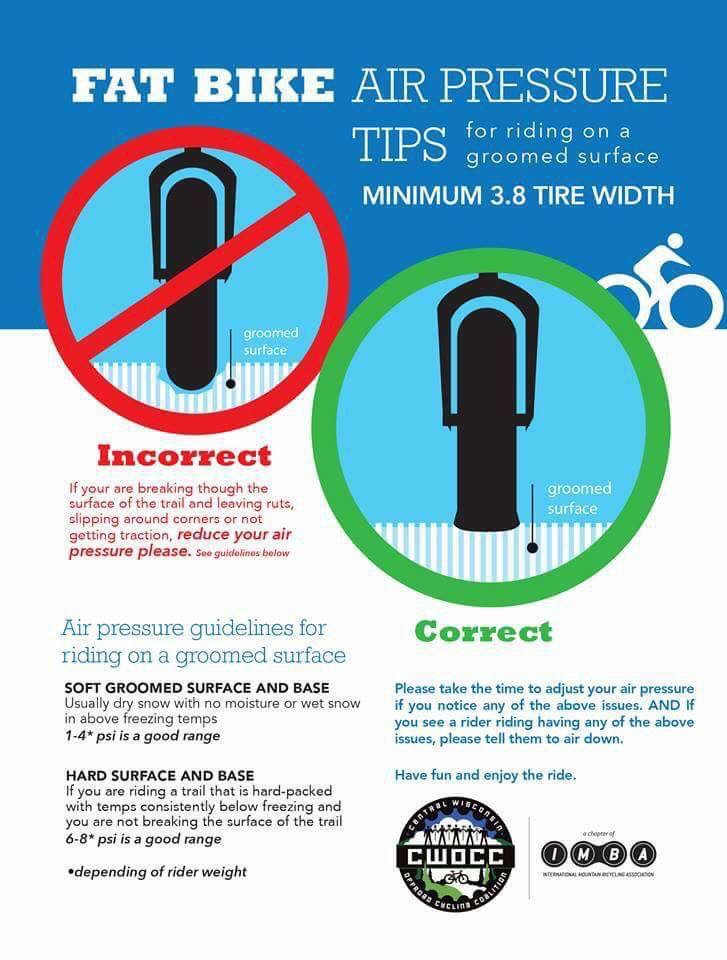
Because their tread provides a secure grip, does not work like a bucket wheel excavator,
Drinking the car
Delinced the car and go on the journey: Peace, to say it, so to say it, so on peace. , look, and at the same time show yourself. But truly interesting and breathtaking places are rarely found near busy roads, and in order to gain impressions and take good photos, sometimes you have to go to the ground and shake off-road.
Maxim Stroker
Therefore, in order to save your car, we recommend using simple tips from experienced jeepers.
The amount of atmosphere in the tires, on which we drive on asphalt, is not always suitable for driving a car on the ground. For example, if you drive down a rocky broken road, from which sharp rocks stick out, then the pressure in the tires is less than 2.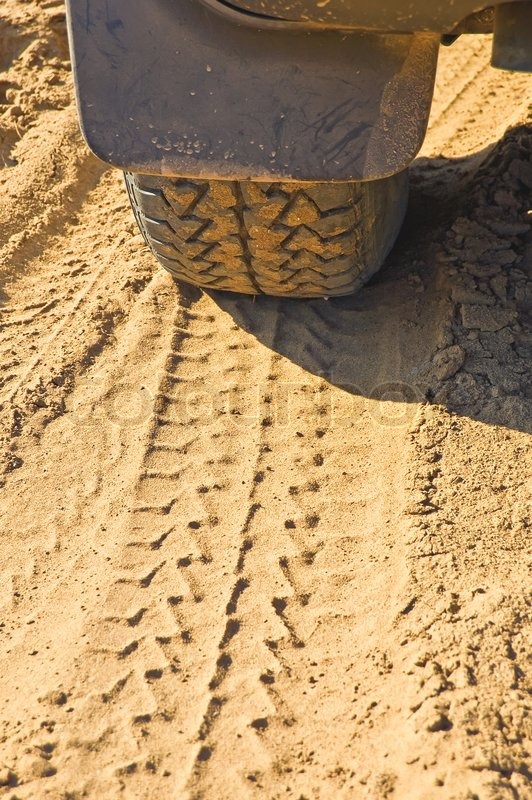 5-3 bar, which is fraught with a cut. Therefore, experienced "off-road fighters" recommend pumping up tires from the standard 2-2.2 bar to 2.5-3. In addition, a slightly pumped wheel rolls better on large obstacles, which means you will also increase the cross-country ability of your vehicle.
5-3 bar, which is fraught with a cut. Therefore, experienced "off-road fighters" recommend pumping up tires from the standard 2-2.2 bar to 2.5-3. In addition, a slightly pumped wheel rolls better on large obstacles, which means you will also increase the cross-country ability of your vehicle.
But if you drive off onto a road soaked after rain, or sand dunes, then here you need, on the contrary, to bleed the air from the "cylinders". This method is universal and suitable for all types of wheeled vehicles. The physics is simple: when we lower the wheels, the area of contact between the tire and the surface increases, which means that the grip becomes better, the ride is more comfortable and the suspension does not work for wear.
To be more specific, when driving in mud, it is best to bleed the tires to the 1 bar mark. For driving on sand, it is not a sin to blow off the wheels to 0.5 bar. True, you need to remember that at such a low pressure you can “take off your shoes” right on the go. To prevent this from happening, you need not to turn the steering wheel to extreme positions and prevent slipping.
To prevent this from happening, you need not to turn the steering wheel to extreme positions and prevent slipping.
Remember: low tire pressure means driving at low speeds - no more than 30 km/h. With more active driving, the likelihood of loss of control is high. In addition, it is not recommended to lower the tires too much when descending from a steep, because when braking, the tires themselves will continue to rotate, and the rims will be blocked.
Bleeding pressure "by eye" is a dangerous event, because the uneven amount of air in the tires adversely affects the handling and off-road performance of the car. The fact is that any car has a differential that redistributes torque between the wheels. The drive wheel, pumped up more, rotates easier, which means that the "diff" will give the lion's share of the motor's energy to it, and the car will pull to the side. In a muddy mess, this will immediately end with a landing on the bottom.
It is therefore best to use a pressure gauge to deflate the tires correctly.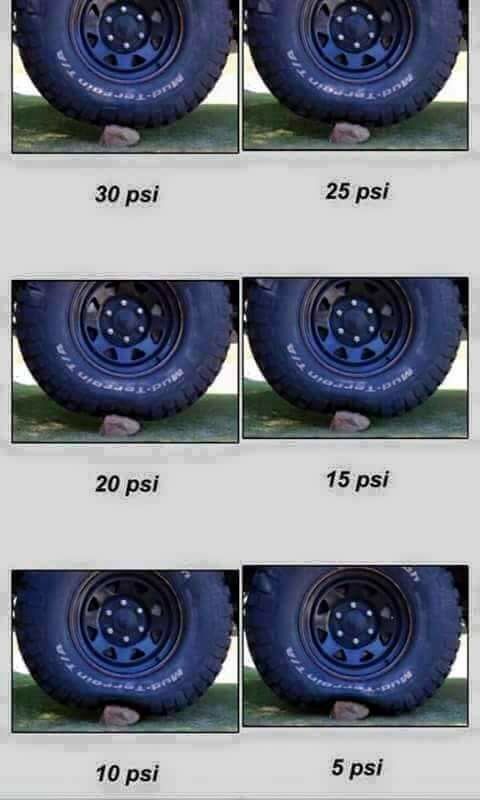 It is desirable that it be equipped with a special bleed valve (deflator), such as, for example, in the BERKUT ADG-031 high-precision pressure gauge, because then you can easily and quickly not only check, but also reset the tire pressure to the required values. By the way, this pressure gauge is in demand by professional jeepers who, in order to improve the car's patency on marshy or loose soil, overcome obstacles on half-flat wheels. To regulate the pressure, you can also use the hose from the compressor, which also has a pressure gauge with a "deflator". After reducing the pressure, the difference in patency and comfort when driving on dirt roads and off-road is very noticeable.
It is desirable that it be equipped with a special bleed valve (deflator), such as, for example, in the BERKUT ADG-031 high-precision pressure gauge, because then you can easily and quickly not only check, but also reset the tire pressure to the required values. By the way, this pressure gauge is in demand by professional jeepers who, in order to improve the car's patency on marshy or loose soil, overcome obstacles on half-flat wheels. To regulate the pressure, you can also use the hose from the compressor, which also has a pressure gauge with a "deflator". After reducing the pressure, the difference in patency and comfort when driving on dirt roads and off-road is very noticeable.
After you have overcome the off-road section and you have to return to the asphalt, you need to return the tire pressure to its original state. And here the BERKUT off-road compressor comes to the rescue, which is equipped with an extension hose with a pressure gauge and a “deflator” for more precise adjustment of tire pressure.